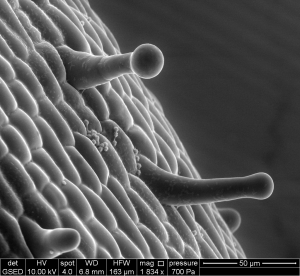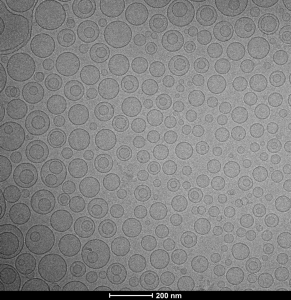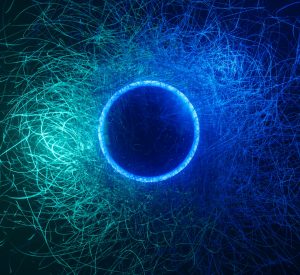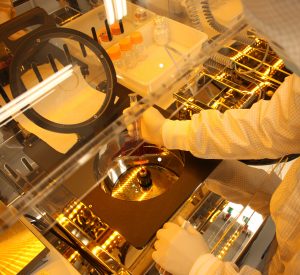It brings together experimental techniques and skills in cross-cutting themes whose results are applied continuously in the development of CNPEM’s research programs and helps expand the portfolio of services offered to the academic and business community. The Center’s efforts in these areas allow it to keep up with technical and scientific advances by continuously training its technicians, specialists, and researchers, as well as generating countless internal technological challenges. The knowledge generated enables CNPEM to carry out cutting-edge research on a wide range of topics.
LNNano has the infrastructure and specialized staff to develop new technologies and support the academic community in different research fields that complement the other resources offered by CNPEM. However, the National Laboratory focuses heavily on R&D aimed at nanoscale characterization, through its advanced electron microscopy facilities, in addition to the cutting-edge use of cryomicroscopy to obtain high-resolution bioimages, studies, and applications of data theory and science, especially in the development of quantum technologies and in enabling the most diverse technological developments with micro- and nanofabrication.





